14 Durable Plants That Do Well in Hot and Cold Climates
The challenge of finding plants that can handle both the heat of summer and the cold of winter is one that many gardeners face. Luckily, there are certain plants that are well-equipped to withstand temperature fluctuations. These hardy plants can be the foundation of a beautiful and resilient garden. Whether you are dealing with hot, dry summers or harsh, freezing winters, these plants can adapt and thrive. Choosing the right plants can make gardening easier and more enjoyable in unpredictable climates.
This post may contain affiliate links, which helps keep this content free. Please read our disclosure for more info.
Russian Sage (Perovskia atriplicifolia)
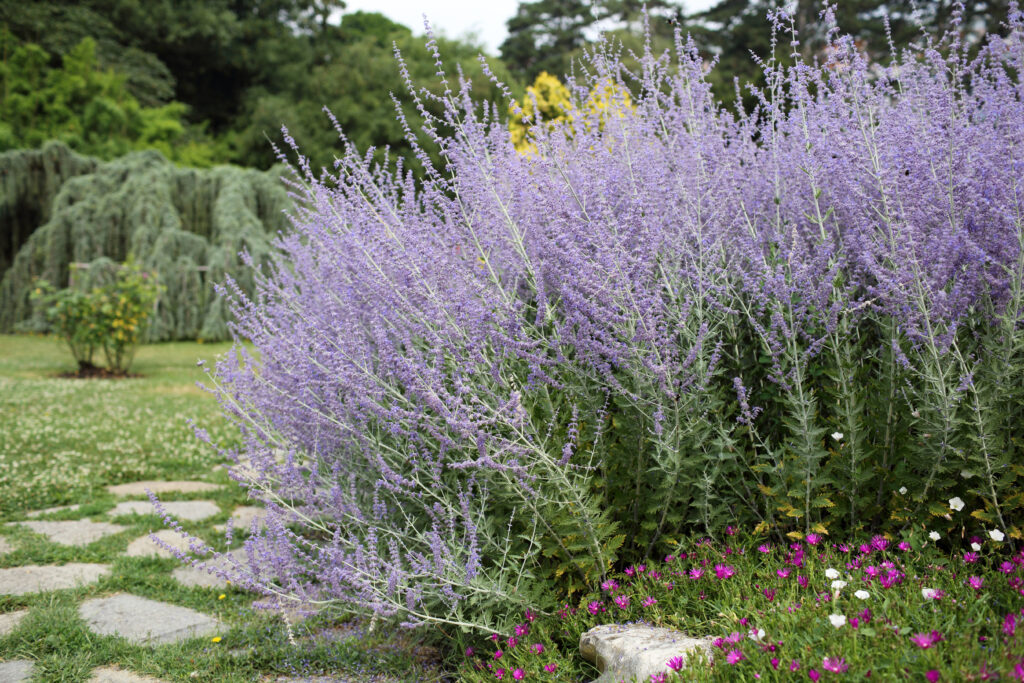
Russian sage is a hardy plant that can withstand both intense heat and cold temperatures as low as -20 degrees F. It flourishes in sunny locations and thrives in well-drained, dry soil. To care for Russian sage, plant it in an area with full sun exposure and avoid overwatering, as it prefers dry conditions. Its drought-tolerant nature makes it perfect for hot summers, while its cold tolerance helps it survive harsh winters.
Pruning the plant in late spring will encourage bushier growth and more flowers. Russian sage is low-maintenance and can be left alone to grow, making it an excellent choice for gardeners with busy schedules. Its silvery foliage and lavender-colored flowers provide both visual interest and a pleasant fragrance. The plant can tolerate poor soil but will thrive best with good drainage.
Sedum (Stonecrop)
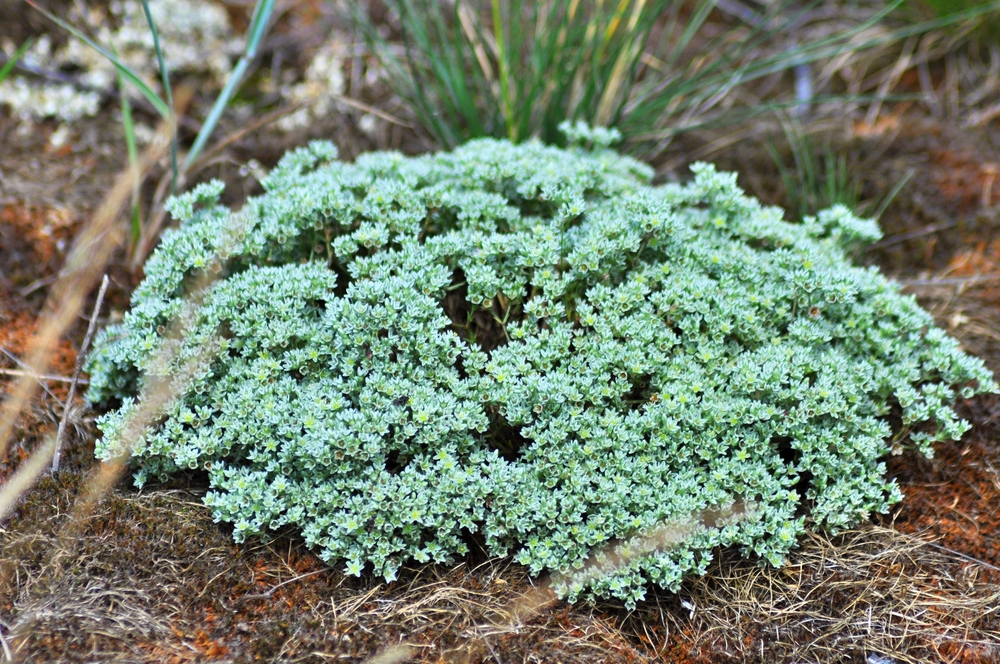
Sedum is a tough, drought-tolerant plant that can handle both heat and cold with ease. It can withstand temperatures as low as -30 degrees F and high temperatures exceeding 90 degrees F. To care for sedum, plant it in well-drained soil and ensure it receives plenty of sunlight for optimal growth. It is best to water it sparingly, as it does not need much moisture and can rot in overly damp conditions.
In colder climates, sedum can survive winter by forming a protective layer of snow or mulch around its base. The plant’s thick, fleshy leaves help it retain water, allowing it to endure dry, hot summers. Sedum’s low maintenance and ability to grow in poor soil make it a great option for gardens with fluctuating temperatures. Its vibrant blooms and attractive foliage provide year-round beauty.
Daylilies (Hemerocallis)
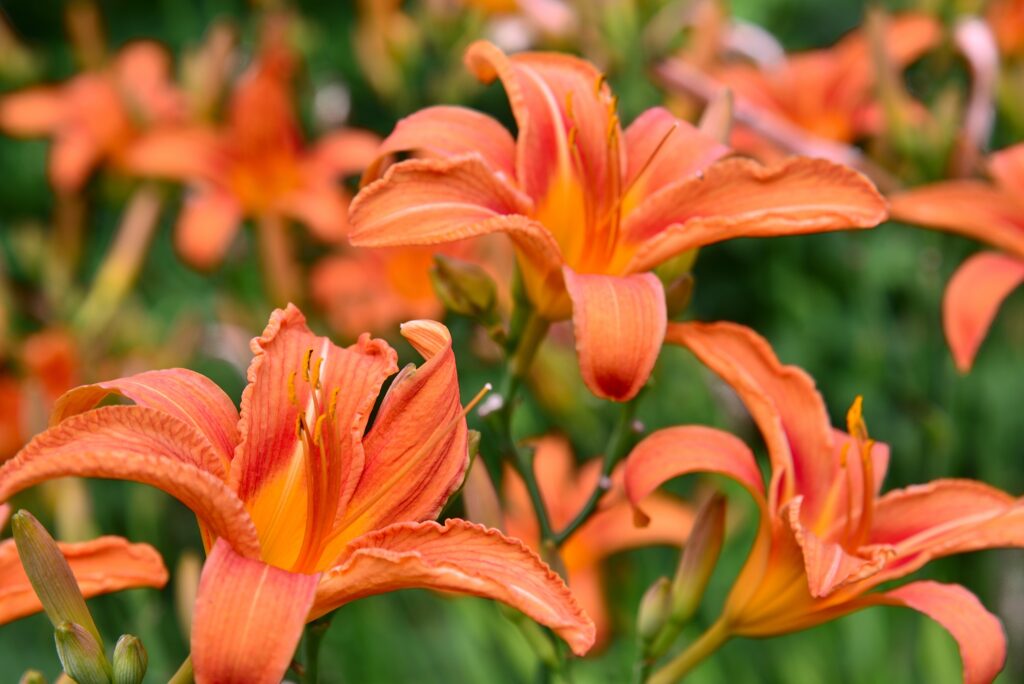
Daylilies are a resilient plant that can thrive in both hot summers and cold winters. They can withstand temperatures as low as -30 degrees F and as high as 95 degrees F. To care for daylilies, plant them in well-drained soil with plenty of sunlight, and water them moderately. They are tolerant of a wide range of soil types, from sandy to clay, and do not require much attention once established.
Daylilies need to be divided every few years to maintain healthy growth and to avoid overcrowding. In cold climates, applying mulch around the roots will help protect them during the winter months. The plant’s ability to bloom consistently despite temperature extremes makes it a favorite in gardens. With minimal maintenance, daylilies provide bright, beautiful flowers all summer long.
Black-Eyed Susan (Rudbeckia)
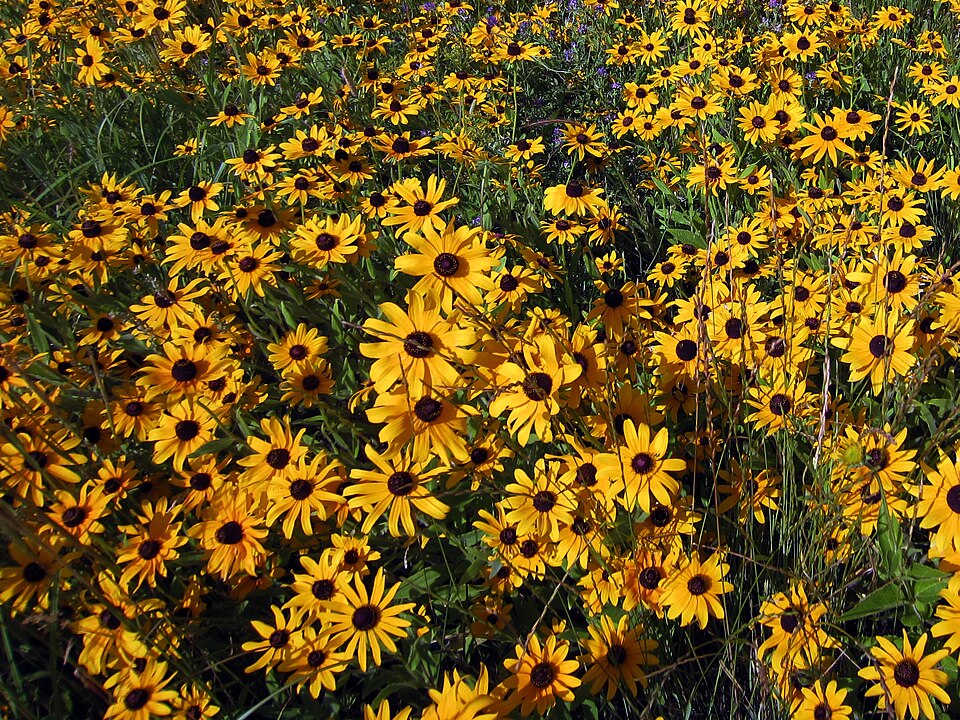
Black-eyed Susans are hardy plants that can tolerate both extreme heat and cold, surviving temperatures as low as -20 degrees F. They thrive in sunny spots and well-drained soil, making them perfect for a variety of climates. To care for them, ensure they are planted in areas with plenty of sunlight, and water them regularly until they are established. Once they are established, they are drought-tolerant and do not require frequent watering.
These flowers benefit from occasional deadheading to promote continuous blooming. In the winter, cut back the stems and leave some mulch around the roots to help them survive the cold. Black-eyed Susans are low-maintenance and pest-resistant, making them an easy addition to any garden. Their bright yellow flowers add a cheerful pop of color in both summer and fall.
Hens and Chicks (Sempervivum)
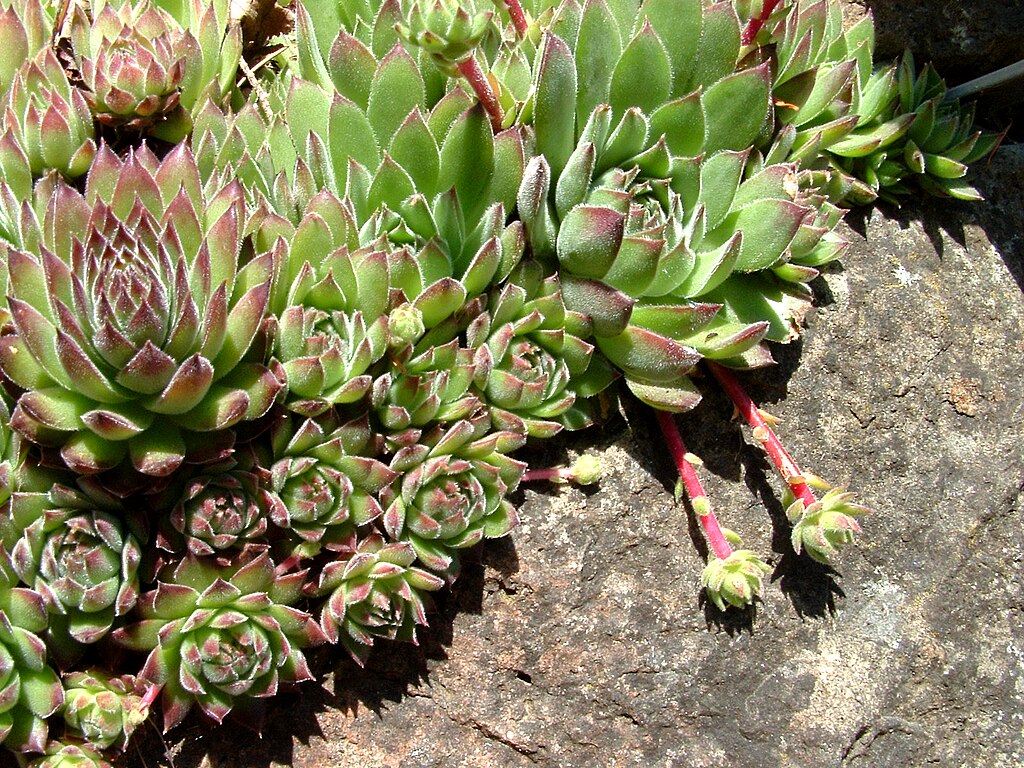
Hens and chicks are succulents that can handle a wide range of temperatures, from -30 degrees F to over 100 degrees F. Their fleshy, thick leaves store moisture, allowing them to survive both droughts and cold spells. These plants prefer well-drained soil and full sun, but they can tolerate some shade as well. Water them lightly, as they are highly drought-tolerant and can easily rot in soggy soil.
During the winter, hens and chicks thrive even in snowy conditions, as they form protective rosettes. These plants do not require much attention and can grow in poor soil, making them ideal for rock gardens or container planting. They are also deer and rabbit-resistant, adding to their low-maintenance nature. With their unique shape and color, hens and chicks are perfect for any garden looking for hardy plants.
Yarrow (Achillea millefolium)
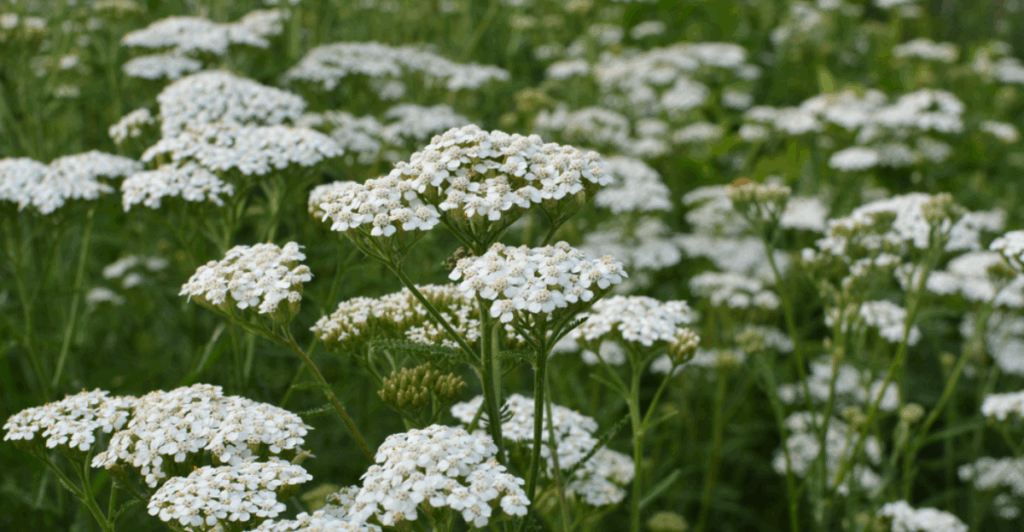
Yarrow is a hardy plant that can withstand both hot, dry summers and cold winters, withstanding temperatures as low as -20 degrees F. It thrives in full sunlight and well-drained soil, making it an excellent addition to gardens with varied climates. To care for yarrow, water it moderately but allow the soil to dry out between watering. This plant is drought-tolerant and does not need frequent watering once established.
Yarrow can tolerate poor soil but benefits from occasional fertilization to encourage healthy blooms. It is a low-maintenance plant that can be left to grow on its own and can spread quickly, making it ideal for filling garden beds. The plant’s attractive flowers, which come in various colors, provide visual interest in both the summer and fall. Yarrow’s resilience and bright blooms make it a perfect choice for gardens that experience temperature fluctuations.
Coreopsis (Tickseed)
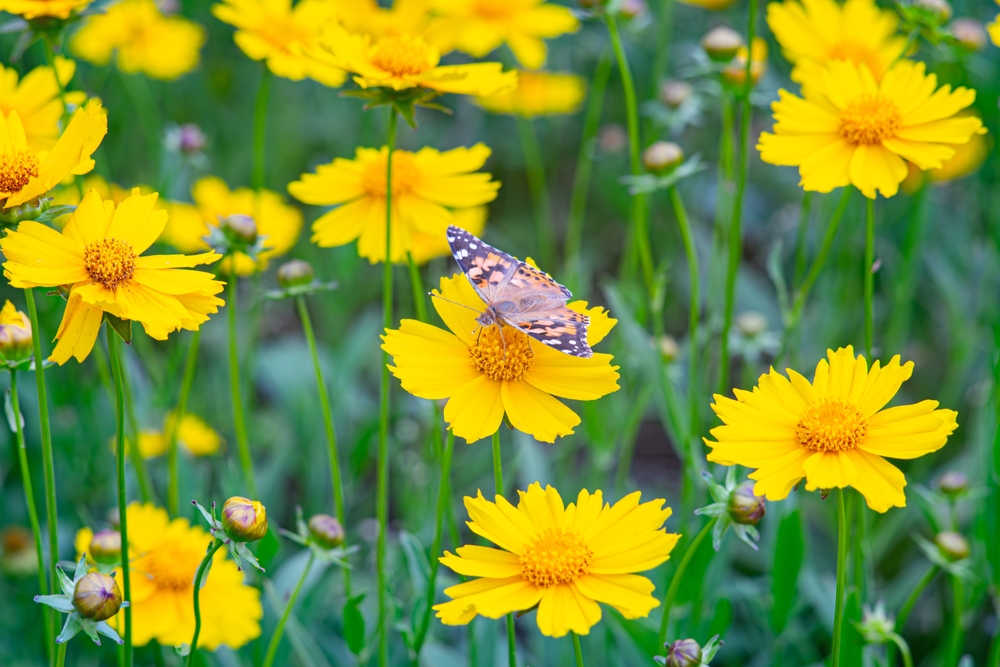
Coreopsis is a drought-tolerant and cold-hardy plant that thrives in temperatures ranging from -20 degrees F to 95 degrees F. It is known for its cheerful yellow and orange flowers, which bloom throughout the summer. Coreopsis prefers full sunlight and well-drained soil, making it easy to grow in a variety of conditions. It requires minimal watering and is resistant to pests, which makes it a low-maintenance option for gardens.
To care for coreopsis, deadhead spent flowers regularly to encourage continuous blooming. It is also important to trim back the plant in late fall to maintain its shape. Coreopsis thrives in poor to moderately fertile soil and can tolerate drought once established. This hardy plant adds color and vibrancy to gardens, even under harsh conditions.
Sedum ‘Autumn Joy’
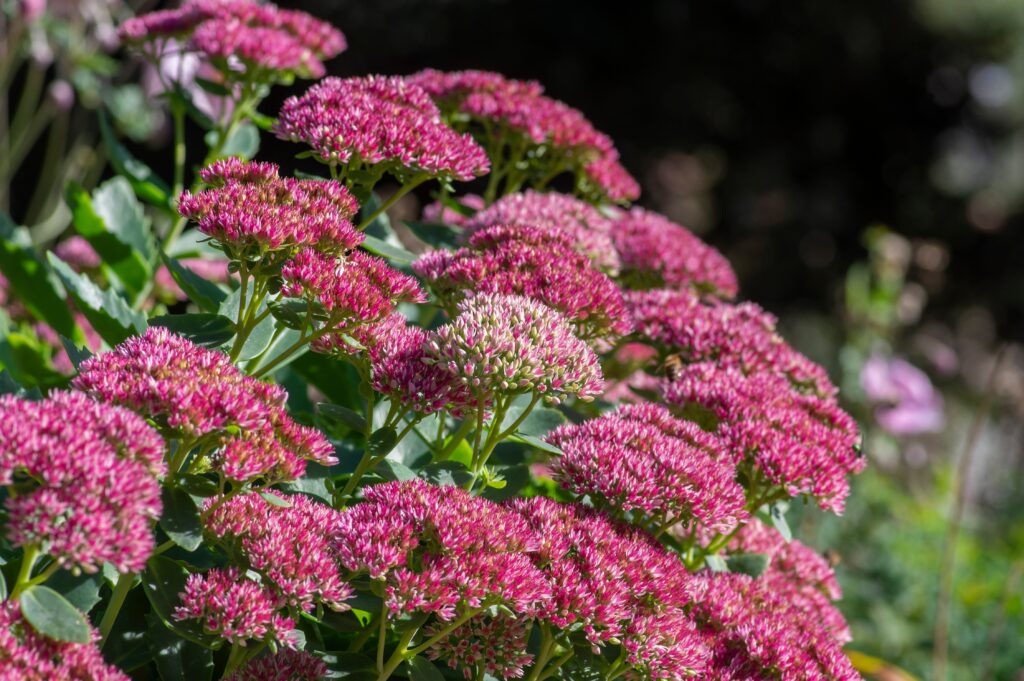
Sedum ‘Autumn Joy’ is a versatile plant that can tolerate both extreme heat and cold temperatures, ranging from -30 degrees F to 90 degrees F. It is known for its fleshy, succulent leaves that store water, making it highly drought-tolerant. This plant thrives in full sun and well-drained soil, with minimal watering requirements once it is established. Its ability to adapt to various climates makes it a great addition to any garden.
During the summer, ‘Autumn Joy’ produces vibrant pink flowers that deepen to a rich red as the season progresses. The plant’s unique texture and beautiful blooms make it a striking addition to garden beds or containers. It is perfect for gardeners looking for a hardy, low-maintenance plant that still provides visual appeal. Sedum ‘Autumn Joy’ is an excellent choice for both beginners and experienced gardeners.
Iris
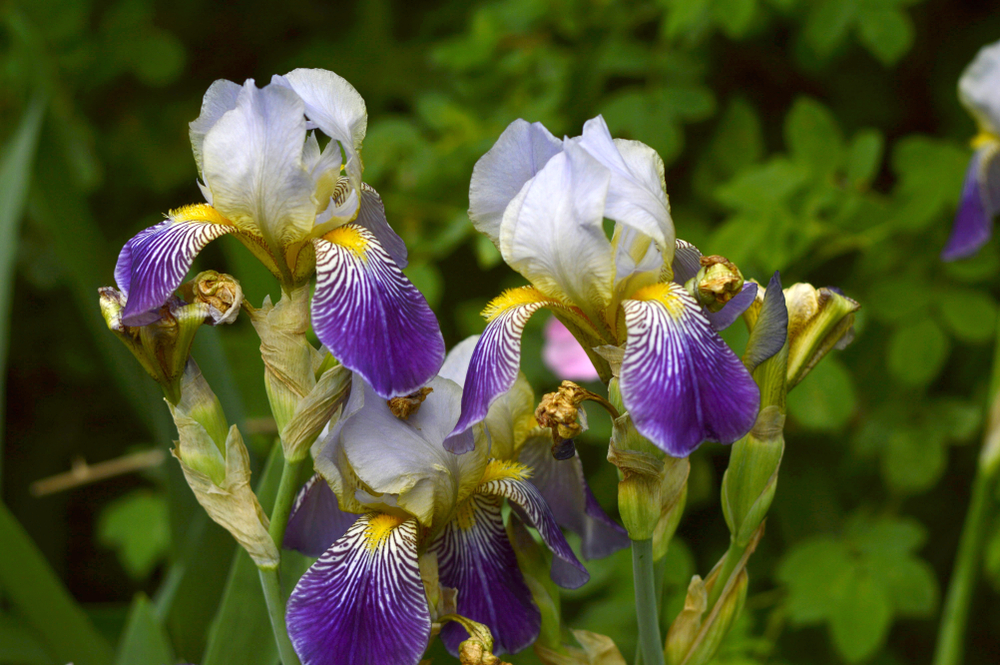
Iris plants are known for their ability to withstand both cold and hot temperatures, making them perfect for gardens in fluctuating climates. They can tolerate temperatures as low as -20 degrees F and as high as 90 degrees F, blooming in the spring and summer. To care for irises, plant them in well-drained soil and provide plenty of sunlight for healthy growth. They prefer slightly dry conditions, so it is important not to overwater them.
Irises are low-maintenance once established, and their colorful flowers make them a highlight in any garden. They can be divided every few years to promote better growth and more blooms. With a range of colors available, irises are a great addition to flower beds and borders. Their resilience and beauty make them an essential plant for gardens that experience both heat and cold.
Japanese Maple
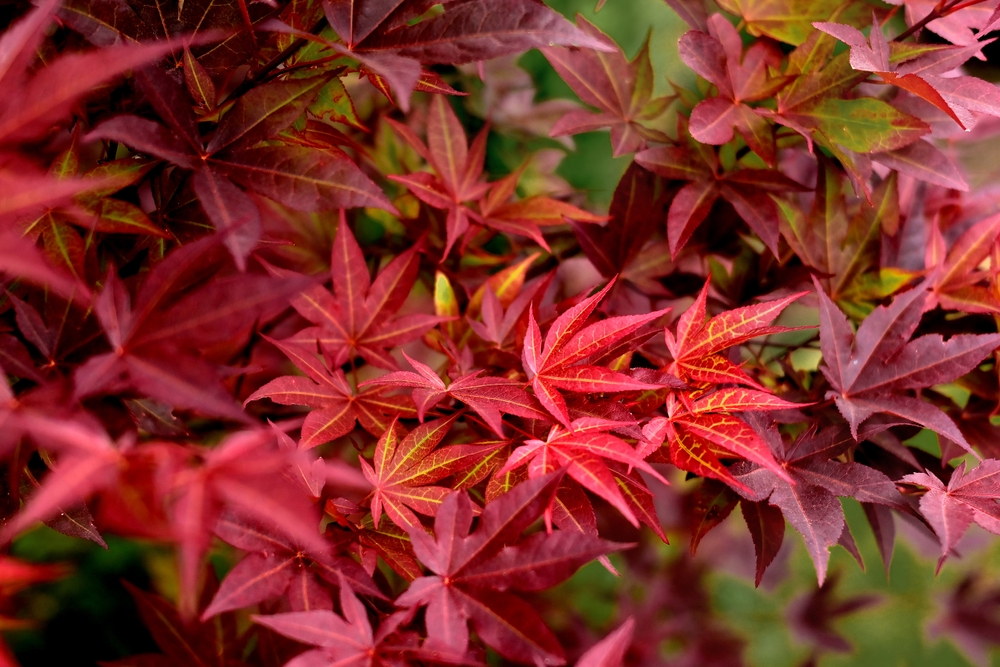
Japanese Maples are resilient trees that can withstand both heat and cold, withstanding temperatures as low as -10 degrees F and as high as 90 degrees F. They thrive in partial shade but can also tolerate full sunlight in cooler climates. The tree’s vibrant foliage adds beauty to any garden, particularly in the fall when the leaves turn brilliant colors. To care for a Japanese Maple, plant it in well-drained soil and ensure it receives consistent moisture.
These trees require minimal pruning, and their compact size makes them ideal for smaller gardens. Japanese Maples are slow-growing, making them perfect for those looking for a long-lasting, low-maintenance tree. They are excellent for adding a touch of elegance to any landscape. Their ability to withstand a variety of climates and their striking appearance make them a favorite among gardeners.
Lavender
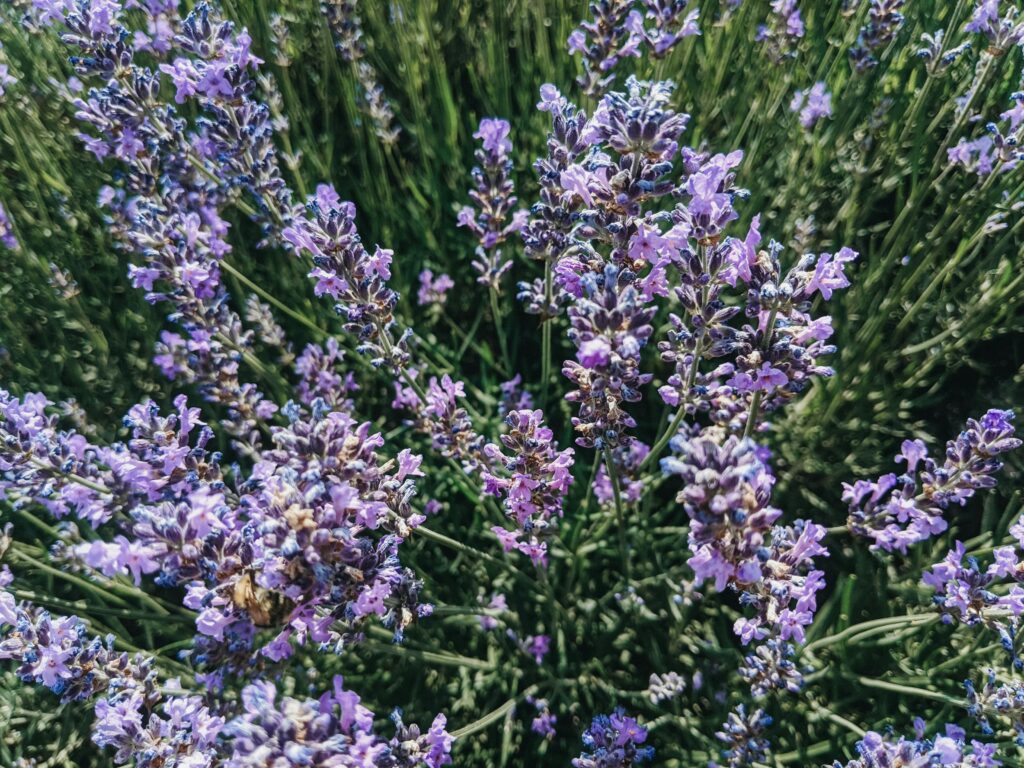
Lavender is a hardy perennial that can tolerate both heat and cold conditions. It thrives in temperatures ranging from 20 degrees F to 90 degrees F, making it suitable for a wide range of climates. To care for lavender, ensure it is planted in well-drained soil and receives plenty of sunlight. It prefers dry conditions, so avoid overwatering and provide good air circulation for healthy growth.
In the winter, lavender should be protected from extreme cold with a layer of mulch around the base. In hot climates, it will benefit from occasional deep watering but does not require frequent moisture. Regular pruning will help keep the plant compact and promote more blooms. Lavender’s resilience and fragrant flowers make it a great choice for gardens in variable climates.
Coneflower (Echinacea)
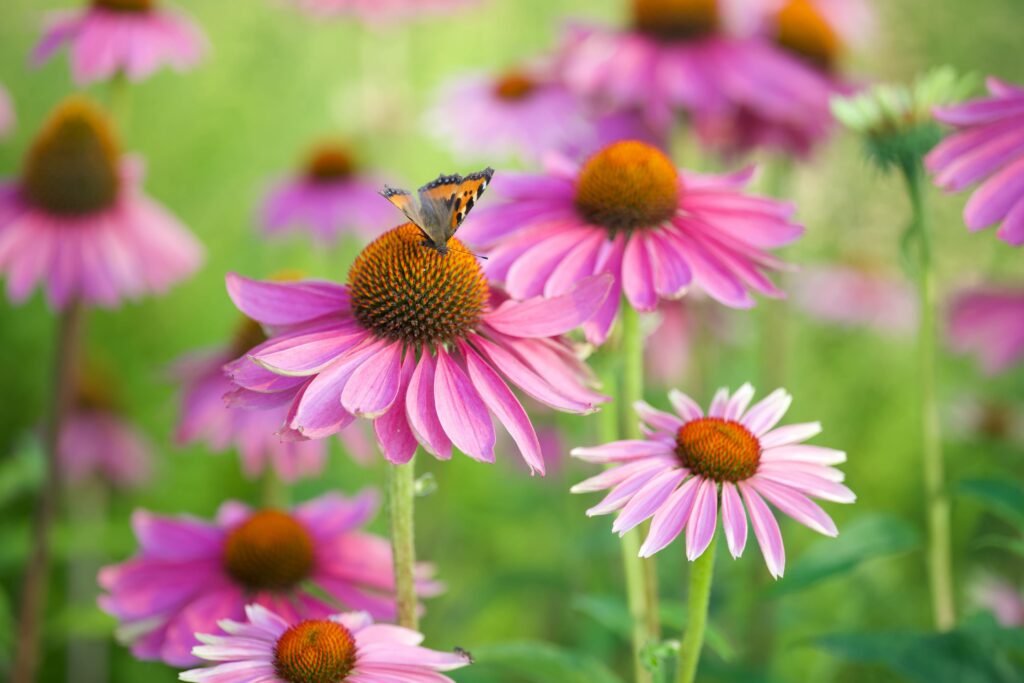
Coneflowers are incredibly versatile and can thrive in temperatures as low as -30 degrees F and as high as 95 degrees F. This plant is drought-tolerant, making it suitable for hot summers, and it can survive harsh winter conditions with minimal care. To ensure healthy growth, plant coneflowers in well-drained soil and provide them with plenty of sunlight. They do not require much water once established and can withstand dry periods.
Coneflowers benefit from occasional deadheading, which encourages more blooms throughout the season. In colder climates, they can survive the winter months if the roots are protected with a layer of mulch. These plants are pest-resistant and can tolerate a range of soil types, making them a great addition to any garden. Their vibrant, daisy-like flowers add color to both summer and fall landscapes.
Hosta
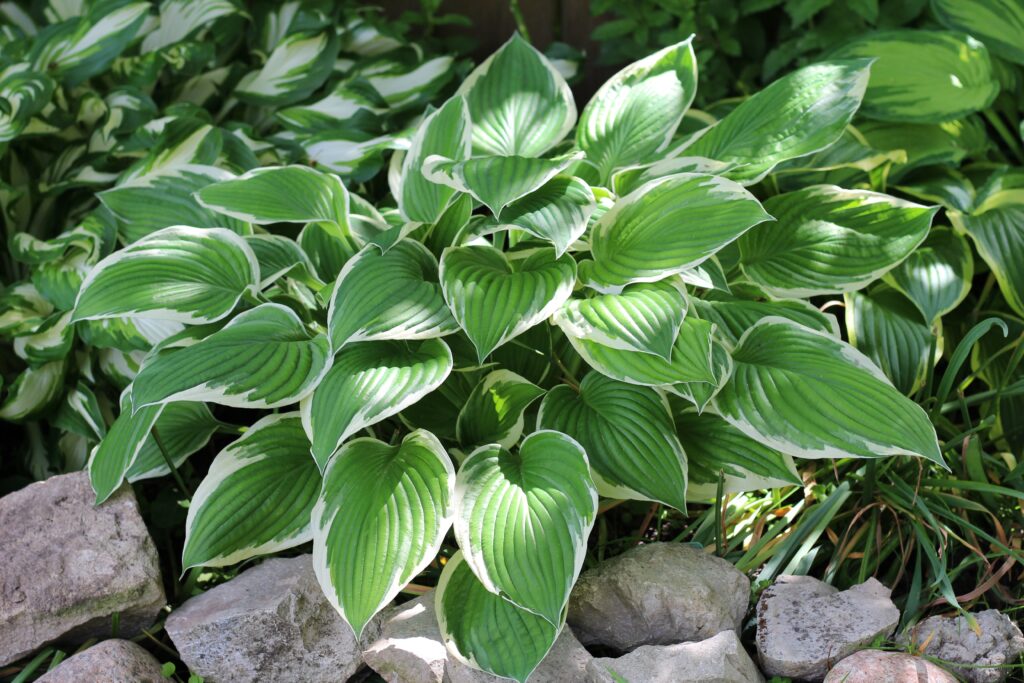
Hostas are hardy perennials that can tolerate both cold winters and hot summers, making them a perfect addition to shaded gardens. They thrive in temperatures ranging from -30 degrees F to 95 degrees F, and their large, vibrant leaves add texture to any landscape. Hostas require well-drained, moist soil and prefer partial to full shade, making them ideal for areas with limited sunlight. To care for them, make sure they are watered regularly, especially during dry spells, but avoid overwatering to prevent root rot.
Hostas are low-maintenance plants that can grow in various soil types, but they prefer rich, organic soil for optimal growth. They produce delicate flowers in the summer, but their main appeal is their bold foliage. Hostas are perfect for creating a lush, green garden under trees or along shaded borders. With their ability to thrive in tough conditions, they make a great addition to any garden.
Yucca
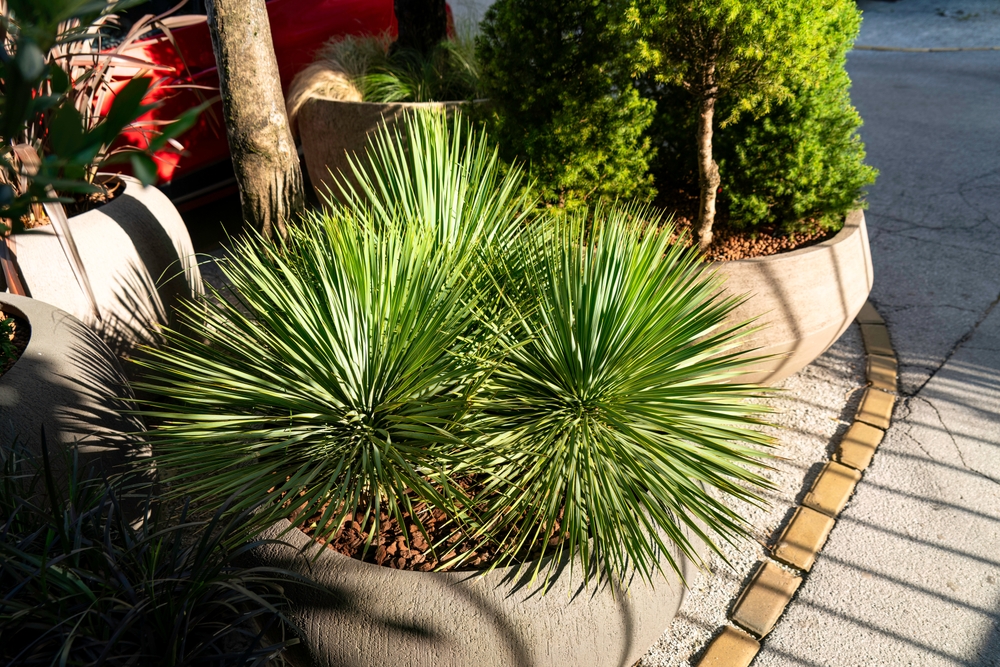
Yucca is a hardy, drought-tolerant plant that can survive both high heat and cold temperatures, withstanding temperatures from -20 degrees F to 100 degrees F. Its thick, sword-like leaves are perfect for adding a striking, architectural element to your garden. Yucca prefers full sunlight and well-drained soil, making it ideal for hot, dry climates. To care for Yucca, plant it in a sunny spot and allow the soil to dry between watering, as it does not like overly moist conditions.
In cold climates, Yucca can survive winter with some protection, like a layer of mulch around its base. This low-maintenance plant is pest-resistant and thrives in poor soil. Yucca’s ability to handle both extreme heat and cold makes it perfect for areas with fluctuating temperatures. Its bold, spiky appearance can add a dramatic touch to any garden, especially in xeriscapes or low-water landscapes.
Gardens that can handle both extreme heat and cold are possible with the right plant selection. By incorporating these hardy varieties into your landscape, you will enjoy a vibrant garden with minimal effort. These plants provide a practical and beautiful solution to fluctuating climates, making gardening easier and more enjoyable.
This article originally appeared on Avocadu.
